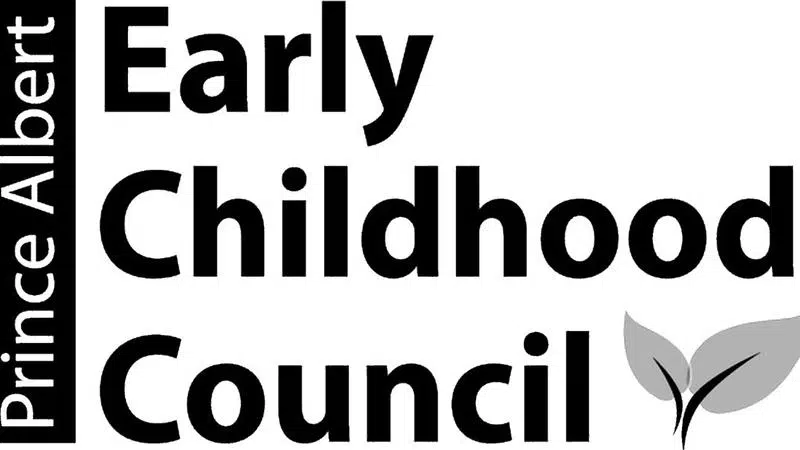
Can Early Learning Prevent Youth Violence? Part 2
A caring community and a healthy start for all children.
This time we will continue on the subject of early childhood aggression with thoughts and suggestions on why young children’s behavior follows a natural course and what parents and caregivers can effectively do to reduce aggressive behavior and guide their children down a path to success.
All human infants are born hard-wired to behave in certain ways: crying when they are hungry, seeking comfort when they are hurt, or snatching a toy from another child when they want it. These behaviors are natural; they do not have to be learned.


